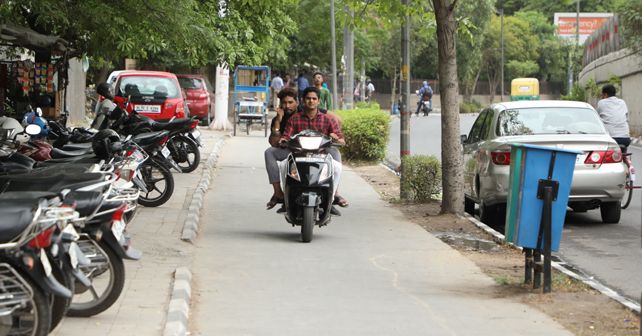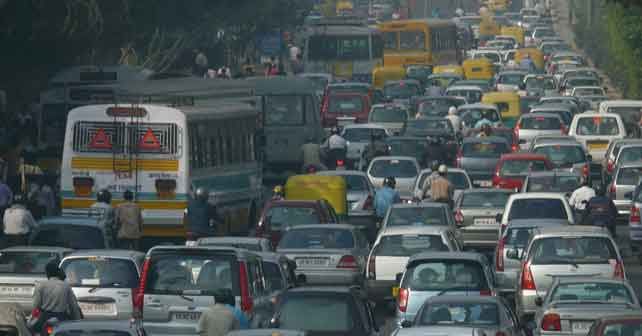Tyre wear pollution can be 1,000 times worse than exhaust emissions: Study
An independent UK-based global testing agency, Emissions Analytics, recently conducted a study and found that tyre wear pollution can be 1,000 times worse than exhaust emissions. There is currently no legislation in place to monitor the NEE levels emitted by a vehicle.

At present, there are no official regulations in place to check a vehicle's non-exhaust emissions (NEEs).
When we talk about vehicular pollution, our attention is immediately drawn to exhaust emissions - primarily because it is seen as the biggest source of air pollution from an automobile. However, just because exhaust emission is the only type that is strictly regulated across the globe does not mean that it's the only source. In fact, what we and the global authorities have continued to ignore is the NEEs or Non-exhaust emissions.
For those not aware, NEEs are particles released into the air from brake wear, tyre wear, road surface wear and resuspension of road dust during on-road vehicle usage. There is currently no legislation in place to monitor the NEE levels emitted by a vehicle. More worrying is the recent revelation that NEEs - tyre wear pollution, in particular, can be as much as 1,000 times more detrimental to the environment than standard tailpipe emissions.
An independent UK-based global testing agency, Emissions Analytics, recently conducted a test by performing some initial tyre-wear testing. A family hatchback, running on new and correctly-inflated tyres, emitted about 5.8 grams of NEE particles per kilometre. In comparison, European regulations have limited the exhaust emissions to 4.5 milligrams for every kilometre. Alarmingly, the level of tyre wear pollution (in an ideal scenario) is already higher by a factor of 1,000. This level will easily be higher when everyday cars are taken into consideration that may run on underinflated tyres, on bad road surfaces or even on bad quality tyres.
Some other factors that are leading to increased NEE levels are the growing popularity of larger SUVs and heavier EVs. In both cases, the heaviness of the vehicle becomes a direct factor for increasing tyre and brake wear. In terms of figures, NEEs are believed to constitute about 60 per cent of PM2.5 and about 73 per cent of PM10 in the overall particulate matter generated by road transport.
Therefore, the need of the hour is to bring NEEs under the ambit of global automotive emission regulations, fit all vehicles with certified, high-grade tyres and lastly, earmark a significant share of R&D towards reducing the weight of vehicles.
Read more:
Continental develops world's first 3D digital instrument cluster
Government of India announces Battery Waste Management Rules, 2020






Write your Comment on